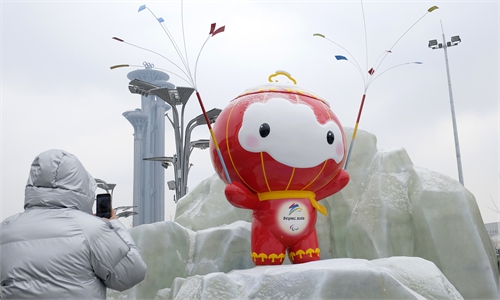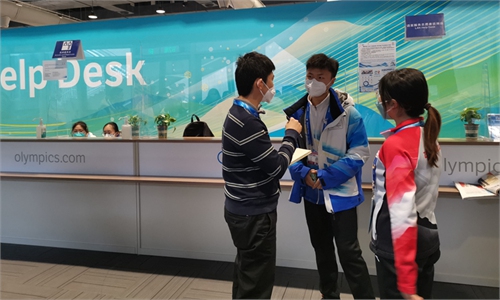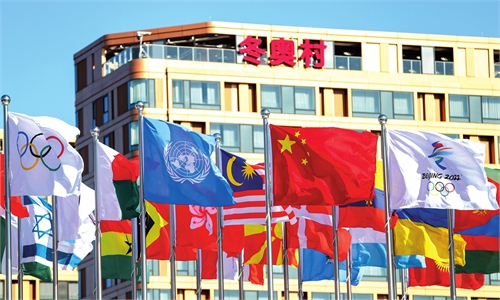New technologies power Beijing Olympics: from made-in-China to intelligent manufacturing in China
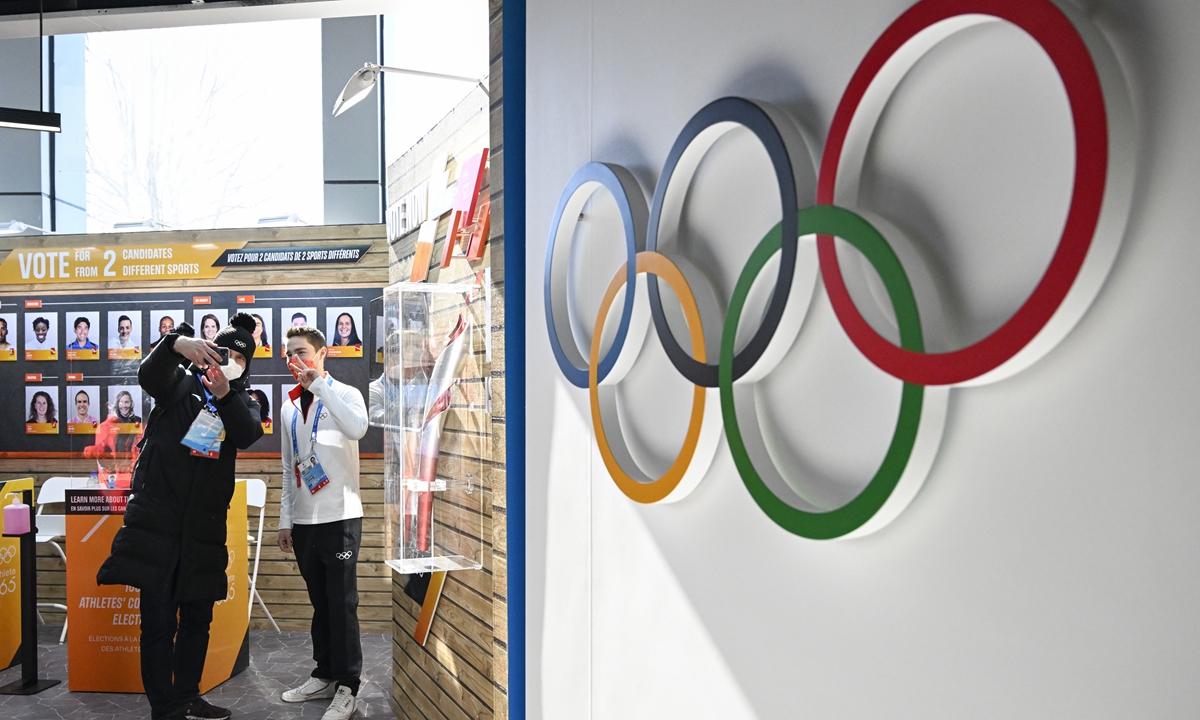
Photo: CFP
A vlog of two ice hockey athletes showing accommodation in the Olympic Village garnered more than 2 million views on short video platform TikTok. As the Beijing Winter Olympics rapidly approaches, athletes from various countries have moved into the Olympic Village and shared intelligent facilities such as smart beds and robots on social media platforms, which has attracted wide attention.
The latest vlog was posted by Fei Anna and Zhang Xifang, Chinese ice hockey athletes, showing their daily training routine and their room at the Olympic Village. Earlier, Finnish ice hockey player Petra Nieminen, US athlete Summer Britcher and Canadian hockey player Emily Clark all joined in the clock-in craze, recording the village's smart beds, food cooking and delivery robots, panda pillows and other "intelligent manufacturing of China."
The hashtags #Beijing2022 and #WinterOlympics have each attracted more than 100 million views on TikTok as of Wednesday.

Photo: Screenshot from Sina Weibo
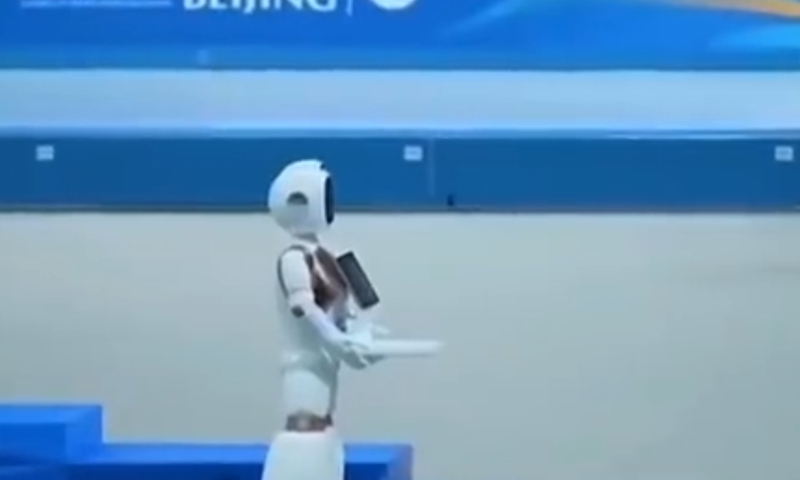
Photo: Screenshot from Sina Weibo
High-tech products in the Beijing 2022 Winter Olympic Games are epitome of the improving manufacturing technological levels in China, showing the shift from "made in China" to "created in China" and now, to "intelligent manufacturing in China."
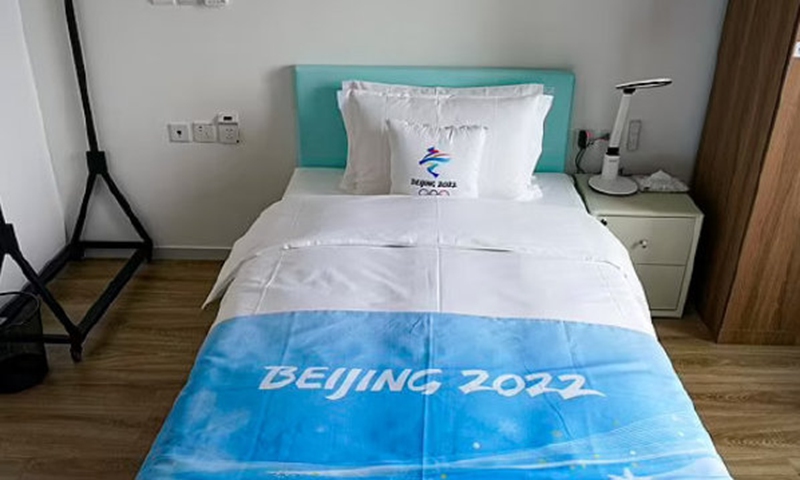
Photo: Screenshot from Sina Weibo
The smart bed, for example, has a "zero-G" mode that can help athletes improve blood circulation and accelerate recovery from a hard training course.
The Games' competition venues are equipped with aerosol coronavirus detection system, which can realize early warning and rapid detection, with detection sensitivity three times higher than traditional methods.
Robots are disinfecting sporting arenas and providing hand sanitizers. And driverless electric vehicles will make deliveries between the closed-loop area and other areas to reduce person-to-person contact.
Logistics robots are used to carry heavy equipment between competition stadium and training venues. They adopt automatic obstacle avoidance navigation solutions and are able to carry 30 to 300 kilograms of cargo.
Other smart products include wearable medical-grade intelligent thermometers and sensing devices based on the advanced computing technology.
For services, Beijing Winter Olympic Games have employed virtual humans as sign language broadcaster. A virtual tour using 3D space reconstruction technology has also been made available.
In fact, more than 200 types of technology, including 5G, AI, cloud, high-speed rail and new energy, have been tested and used across various aspects of the event to offer smart and convenient experiences for athletes and media.
The use of advanced technologies will also ensure a green Olympics with a 100 percent green power supply, the first time in Olympic history.
The National Speed Skating Oval, also known as the "Ice Ribbon," has reduced its carbon emission level to nearly zero. It is the first speed skating venue using CO2 as refrigerant in the history of Winter Olympics.
Global Times
